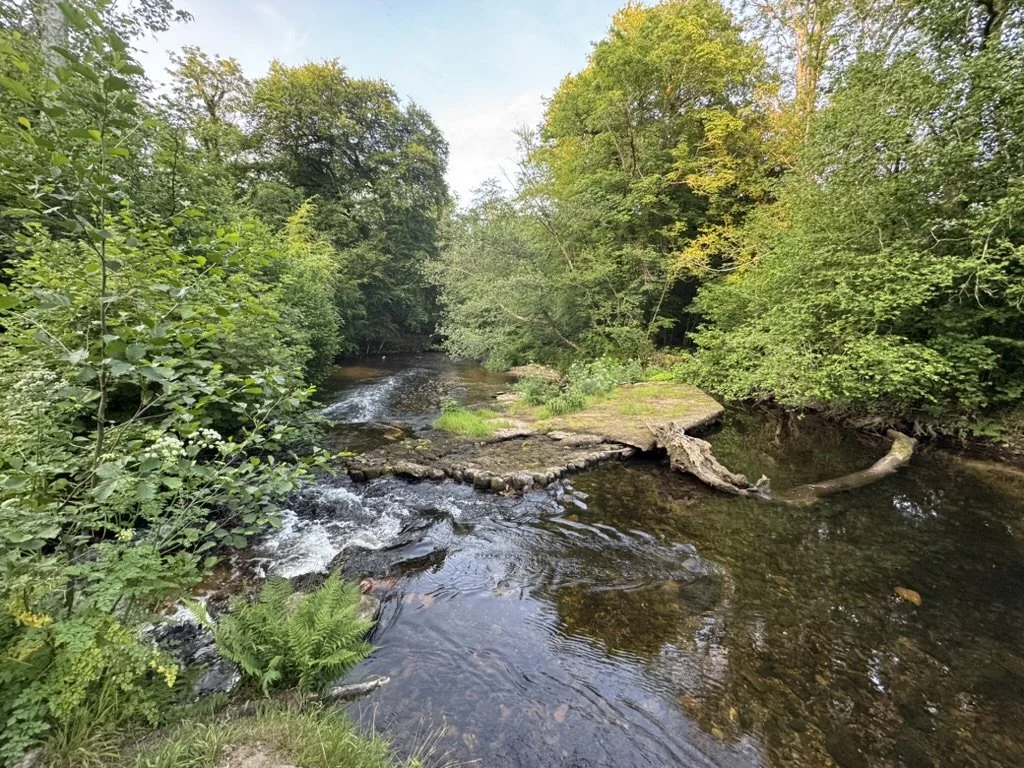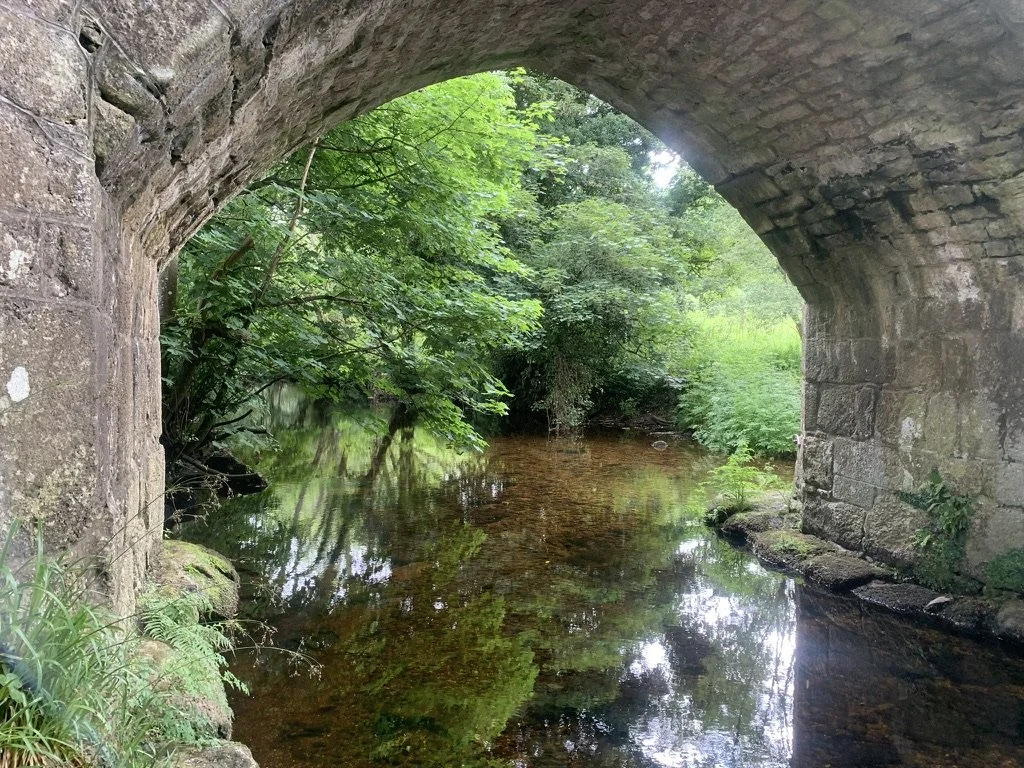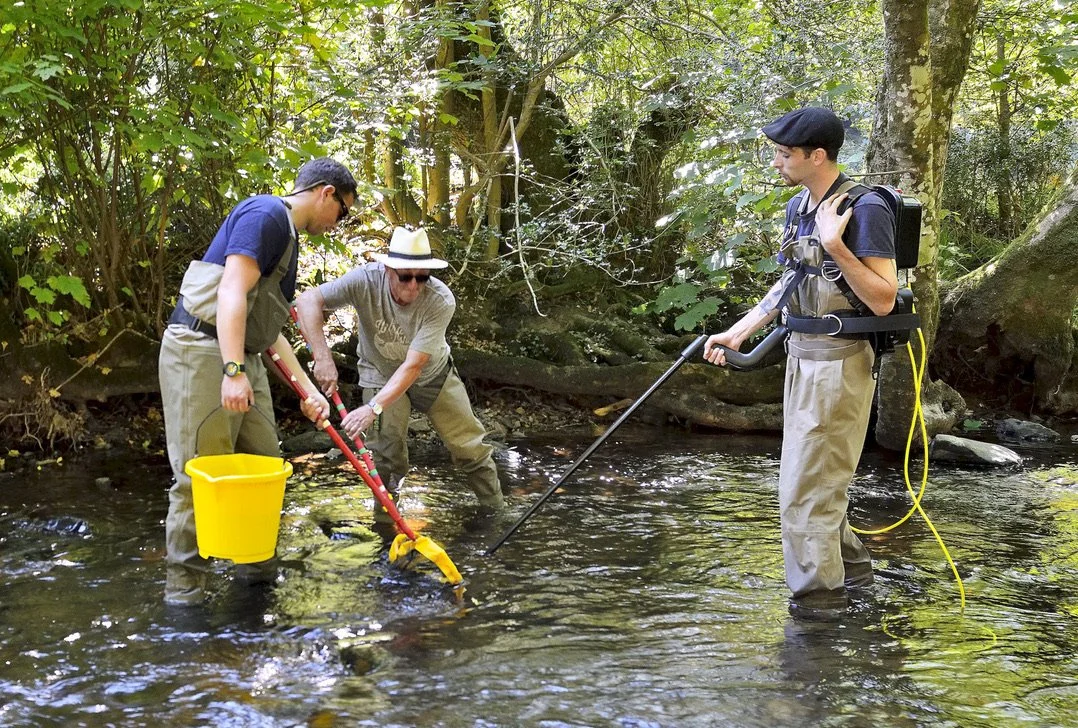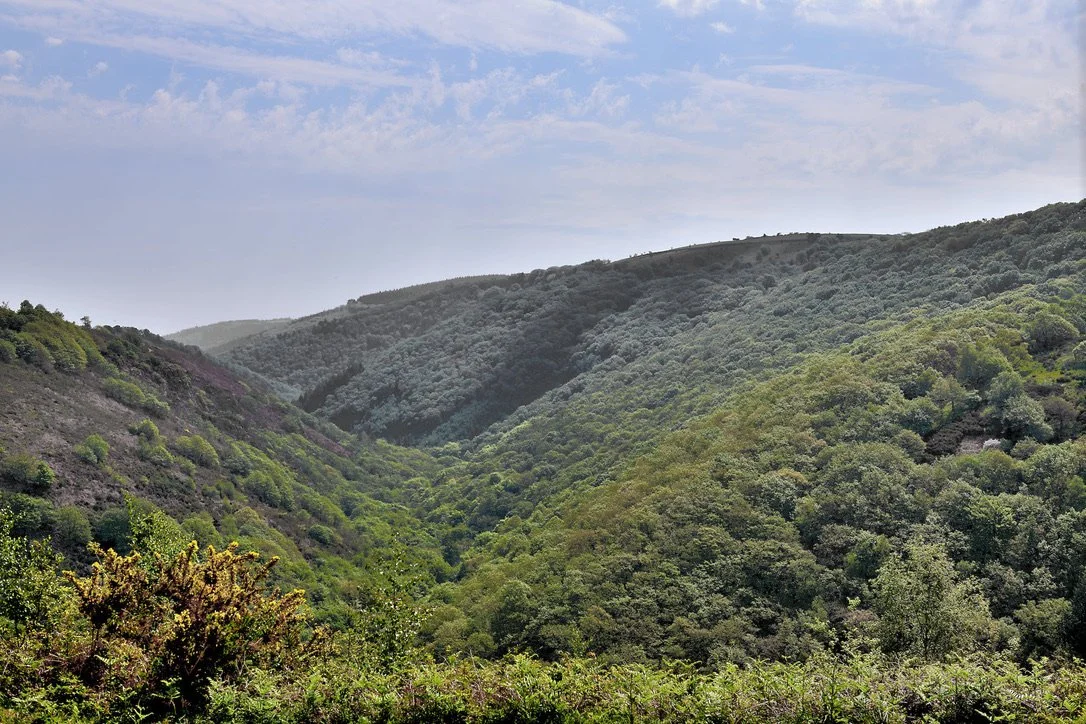Great British Bake Off - River Edition!
While the UK basks under another stretch of cloudless skies and high temperatures, many of our rivers tell a less comfortable story. The River Teign, like much of the upland southwest, is just starting to show the unmistakable signs of water stress: reduced flow, elevated temperatures, and fewer safe havens for its iconic trout and sea trout.
For these cold-water specialists, summer isn’t always a time of abundance. When the rains stay away and the flow begins to falter, life in the river becomes increasingly difficult. Do revist our earlier entry about the importance of water on Dartmoor
Flow & Oxygen - A Vanishing Energy
One of the first casualties of reduced flow is oxygen. Not because it vanishes on its own, but because the river’s ability to add oxygen to the water becomes far less effective.
Under normal conditions and flow, flowing water moves across rocks, riffles, cascades and weirs. These features aren’t just scenic - they’re dynamic oxygenators! As water churns and bubbles its way downstream, it draws in oxygen from the air, mixing it into the flow in a process known as aeration.
But when flow weakens, that energy fades. Riffles flatten. Weirs trickle rather than tumble. The once-oxygen-rich current turns sluggish, and salmonids, already stressed by rising temperatures, can begin to struggle. Oxygen saturation falls at precisely the time these fish need it most, leaving them lethargic, vulnerable and, in some cases, unable to migrate upstream or downstream or feed properly.
Shifting Habitat
Warm water holds less dissolved oxygen by nature, but when coupled with a lack of movement, the river can become a patchwork of tepid stretches. For salmonids, whose metabolism is finely tuned to cool, well-oxygenated water, this combination can lead to severe physiological stress.
The problem is especially acute in shallower sections where depth is limited, flow has diminished, and direct sun on the water warms the channel throughout the day. These stretches can become virtual no-go zones for fish, forcing them into tighter clusters, to hold refuge under banks, or in cooler pockets where shade, depth or groundwater input offer some relief from rising river temperatures.
Air Meets Water - A Predictable but Powerful Relationship
A clear example of the river’s sensitivity to heat can be seen in temperature data collected at Chagford. A strong correlation between rising air temperatures and subsequent increases in water temperature confirms what salmonids already know instinctively: hot days quickly translate into warm, oxygen-poor conditions in the river. This relationship is especially pronounced during low-flow periods, when shallow water heats rapidly and has little buffering capacity. The graph highlights just how closely tied the river’s fate is to the atmosphere above it - and why shade, depth, and sustained flow matter more than ever.
Remember, the figures below are the average temperature over 24hours. Notice how the heat of last July and August (air temperature) progressively translates into the water temperature.
Impacts on River Monitoring and Survey Work
These same conditions also affect how and when we monitor river health. This summer, as we assist the West Country Rivers Trust with electrofishing surveys in the Teign catchment, warm water temperatures have, in the past, led to the postponement and rescheduling of surveys. Electrofishing relies on careful handling and brief capture of fish to assess populations, but when temperatures are too high, even minimal stress can become dangerous for salmonids. In these situations, waiting for cooler, more stable conditions is the most responsible option, ensuring the welfare of the fish always comes first. Personally, when things heat up this much, I, like many, resist the urge to go fishing and choose to take refuge in a local pub - I mean, someone’s got to supervise Terry (not Terry!)
The Quiet Work of Trees
This is where the landscape, quite literally, comes to the river’s aid. Remember the piece about Dappled Shade?
In places like Fingle Gorge, the tree canopy plays a crucial role. A varied, dappled cover of native woodland casts shifting shade across the water, moderating temperature and preserving localised refuge areas. This kind of riparian woodland, particularly where managed for structure and diversity, helps to stabilise river margins, reduce sediment runoff, and, crucially, give salmonids some space to breathe and take refuge.
A much-respected and well-known river watcher recently reported to me about seeing around forty trout in a particular stretch of the Upper Teign. My response was,
“Whereabouts were they, the middle of stream?”,
“No”, was the simple answer.
“Well, they must be tucked up tight to the bank as the flow is low and the water temperature is likely rising.”
And that was exactly where they were!
Bottom line is that well-managed tree cover also encourages the formation of microclimates: cooler, oxygen-rich pools interspersed with sunlit glides and riffles. It’s this mosaic of light and shadow, depth and flow, that underpins river resilience during prolific dry spells.
Restoring the Balance
The Teign’s challenges this summer are not unique. Across the UK, rivers are adapting to changing patterns in weather and water demand. But the lessons remain consistent: resilience lies in complexity.
That means restoring riparian woodland, maintaining natural flow variability, and supporting the river’s built-in systems for oxygenation. Simply put, it’s riffles, runs and falls.
When water is allowed to move, it heals itself. When shaded, it stays cooler. When healthy, it supports life, from the bottom of the food chain up, and even through the hardest seasons.
A River Holding On
The River Teign remains a remarkable system, and I know I go on about her far too much! But she remains ever beautiful, ecologically rich, and still home to a thriving wild trout population and the unfortunately all too scarce Atlantic Salmon. But these more recent summers are testing. The more we understand the quiet mechanics of flow, shade and oxygen - the unseen balance behind healthy rivers - the better prepared we are to help in the future.
Because sometimes, the best thing we can do for a river is to let her move, let her breathe, and let the trees do their quiet work.





